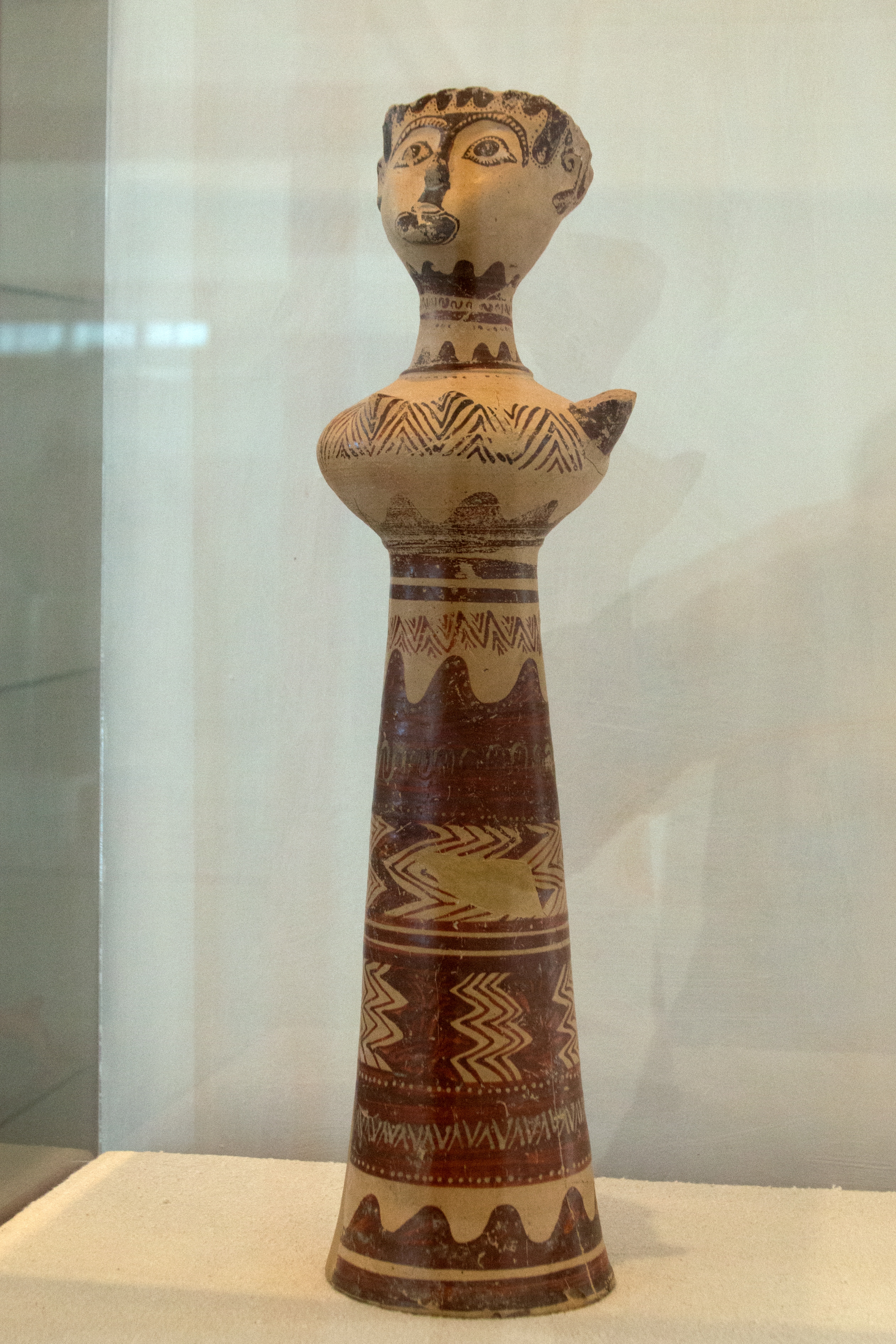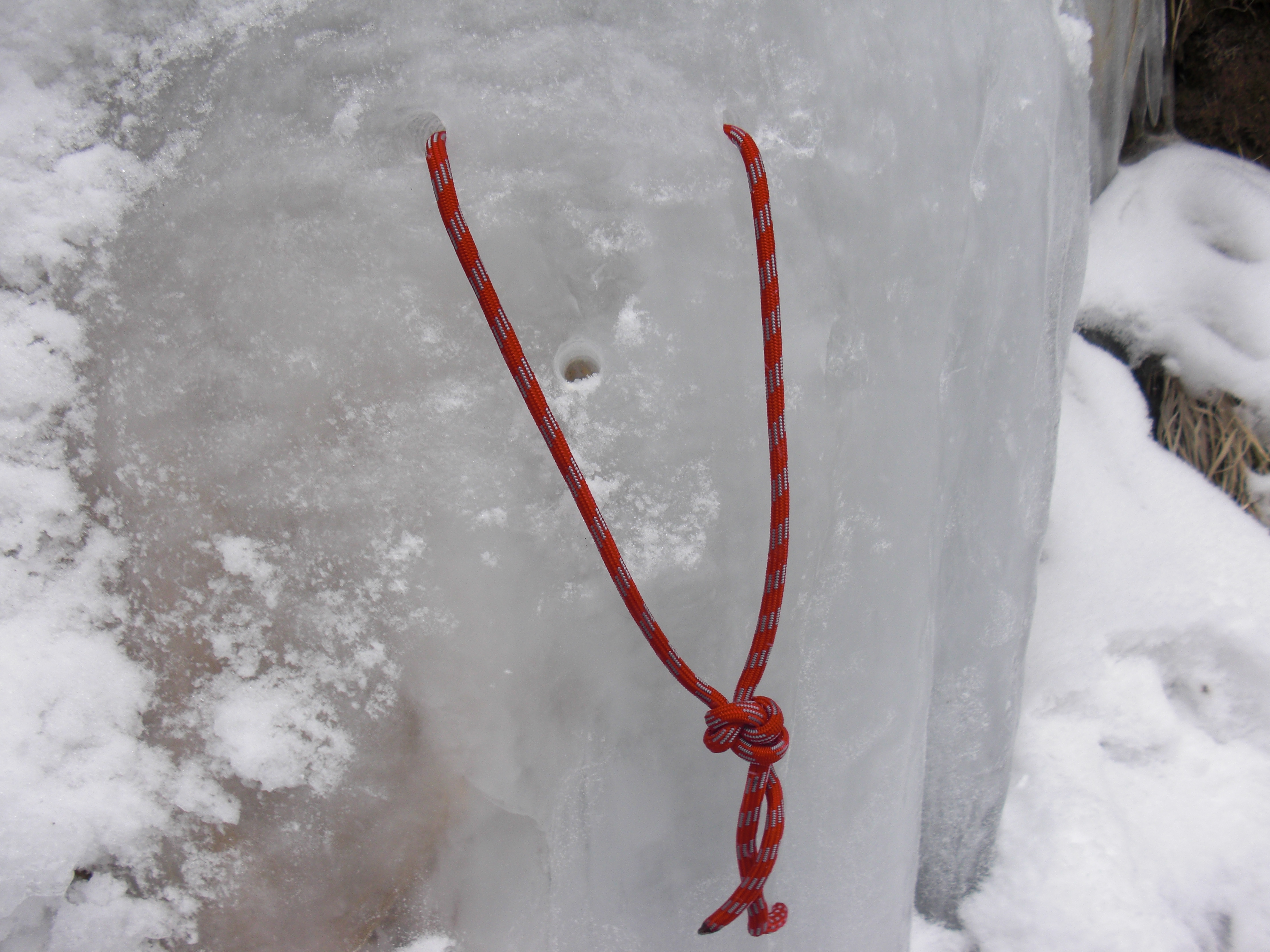|
Arete (other)
Arete (Greek: Ἀρετή) is a term meaning "virtue" or "excellence". Arete, Arête, or Areté may also refer to: History *Arete of Cyrene, a 4th-century BC Greek philosopher *Arete (daughter of Dionysius), daughter of Dionysius I of Syracuse and wife of Dion (tyrant of Syracuse) Mythology *Queen Arete (mythology), a character in Homer's ''Odyssey'' Science *197 Arete, an asteroid * ''Arete'', a genus of snapping shrimps in family Alpheidae Geography * Arête, a thin ridge of rock formed by glaciers * Arête, in climbing, an outward-facing corner between two steep faces Art *''Areté'', an arts magazine Fiction *''Princess Arete'', a 2001 animated Japanese film and its title character Locations ;Placenames normally transliterated Areti: * Areti, Cyclades, a village on the island of Milos, Cyclades *Areti, Elis, a village in Elis * Areti, Ioannina, a village in the Ioannina regional unit *Areti, Thessaloniki, a village in the Thessaloniki regional unit See also * Aretes ... [...More Info...] [...Related Items...] OR: [Wikipedia] [Google] [Baidu] |
Arete
''Arete'' (Greek: ) is a concept in ancient Greek thought that, in its most basic sense, refers to 'excellence' of any kind Liddell, H.G. & Scott, R. ''A Greek–English Lexicon'', 9th ed. (Oxford, 1940), s.v.br>—especially a person or thing's "full realization of potential or inherent function." The term may also refer to excellence in " moral virtue." The concept was also occasionally personified as a minor goddess, Arete (not to be confused with the mythological Queen Arete), who, together with sister Homonoia, formed the ''Praxidikai'' ('Exacters of Justice'). In its earliest appearance in Greek, this general notion of excellence was ultimately bound up with the notion of the fulfillment of purpose or function: the act of living up to one's full potential. A person of arete is of the highest effectiveness; they use all of their faculties—strength, bravery, and wit—to achieve real results. In the Homeric world, arete involves all of the abilities and potentialitie ... [...More Info...] [...Related Items...] OR: [Wikipedia] [Google] [Baidu] |
Aretes
Aretes ( el, Ἀρέτης) or Aretas ( el, Ἀρέτας) was a Macedonian general. At the Battle of Gaugamela, he commanded the sarissophoroi (also known as ''prodromoi''), a unit of versatile cavalry, adept at scouting, but with an ability for close-combat in battle. He replaced Protomachus as the commander of this unit. At Gaugamela the ''sarissophoroi'' were responsible for finally routing the Persian left wing cavalry, winning the battle in this sector. In their final charge the ''sarissophoroi'' broke the Massagetae The Massagetae or Massageteans (Ancient Greek: ; Latin: ), also known as Sakā tigraxaudā (Old Persian: , "wearer of pointed caps") or Orthocorybantians (Ancient Greek: ; Latin: ),: As for the term “Orthocorybantii”, this is a translati ... heavy cavalry, Aretes personally killing their leader.Sidnell, p. 113 References Bibliography *Ashley, J.R. (2004) ''The Macedonian Empire: The Era of Warfare Under Philip II and Alexander the Great, 359-323 B.C ... [...More Info...] [...Related Items...] OR: [Wikipedia] [Google] [Baidu] |
Areti, Thessaloniki
Areti ( el, Αρετή, ) is a village of the Lagkadas municipality. Before the 2011 local government reform it was part of the municipality of Vertiskos. The 2011 census recorded 186 inhabitants in the village. Areti is a part of the community of Lofiskos. See also * List of settlements in the Thessaloniki regional unit This is a list of settlements in the Thessaloniki regional unit, Greece: * Adam * Adendro * Agia Paraskevi * Agia Triada * Agios Antonios * Agios Athanasios * Agios Charalambos * Agios Pavlos * Agios Vasileios * Akropotamos * Ampelokipo ... References Populated places in Thessaloniki (regional unit) Lagkadas {{CentralMacedonia-geo-stub ... [...More Info...] [...Related Items...] OR: [Wikipedia] [Google] [Baidu] |
Ioannina (regional Unit)
Ioannina ( el, Περιφερειακή ενότητα Ιωαννίνων) is one of the regional units of Greece. It is part of the region of Epirus. Its capital is the city of Ioannina. It is the largest regional unit in Epirus, and one of the largest regional units of Greece, with a population of 167,901 people, according to the 2011 census.GOV. results of permanent population 2011, p. 10561 (p. 87 of pdf), and in Excel formatTable of permanent population 2011 from the sitHellenic Statistical Authority 2017-11-24. Retrieved 2018-01-09. Geography Ioannina borders in the north, and the regional units of |
Areti, Elis
Areti ( el, Αρετή) is a community in the municipal unit of Lechaina, Elis, Greece. It is situated in a flat, rural area, south of the Kotychi lagoon. It is 1 km west of Kourtesi and 5 km northeast of Lechaina. The Greek National Road 9/ E55 (Patras - Pyrgos) and the railway Patras - Pyrgos pass south of the village. The site of ancient Myrsinus (known as Myrtuntium in later times) is located near Areti. Population See also *List of settlements in Elis External linksGTP - Areti See also * * |
Milos
Milos or Melos (; el, label=Modern Greek, Μήλος, Mílos, ; grc, Μῆλος, Mêlos) is a volcanic Greek island in the Aegean Sea, just north of the Sea of Crete. Milos is the southwesternmost island in the Cyclades group. The ''Venus de Milo'' (now in the Louvre) and the ''Asclepius of Milos'' (now in the British Museum) were both found on the island, as were a Poseidon and an archaic Apollo now in Athens. Milos is a popular tourist destination during the summer. The municipality of Milos also includes the uninhabited offshore islands of Antimilos and Akradies. The combined land area is and the 2021 census population was 5193 inhabitants. History Obsidian (a glass-like volcanic rock) from Milos was a commodity as early as 15,000 years ago. Natural glass from Milos was transported over long distances and used for razor-sharp "stone tools" well before farming began and later: "There is no early farming village in the Near East that doesn't get obsidian". The mining o ... [...More Info...] [...Related Items...] OR: [Wikipedia] [Google] [Baidu] |
Princess Arete
(also ''Princess Arite'') is a 2001 Japanese animated film written and directed by Sunao Katabuchi, animated and produced by Studio 4°C and distributed by Omega Entertainment. It is based on Diana Coles's 1983 story ''The Clever Princess''. The film is a non-traditional approach to the standard tales of fairy tale princesses, and it is known in Japan as one of the most successful animated feminist works. Plot Under the rule of her solemn father, the King, the young Princess Arete grows up in a lonely tower awaiting a suitor worthy of her. While the suitors accomplish countless treasure-collecting quests for the King, the princess begins to experience an awakening curiosity in the outside world. Sneaking out of the castle several times, she begins to recognize that she has been missing out on life while locked away in the isolation of her tower. One night, Arete investigates the gifts given to her by her suitor and finds a book telling her the stories of ancient witches' and wi ... [...More Info...] [...Related Items...] OR: [Wikipedia] [Google] [Baidu] |
Arete Of Cyrene
Arete of Cyrene (; el, Ἀρήτη; fl. 5th–4th century BC) was a Cyrenaic philosopher who lived in Cyrene, Libya. She was the daughter of Aristippus of Cyrene. Life and teachings Arete learned philosophy from her father, Aristippus, who had himself learned philosophy from Socrates. Arete, in turn, taught philosophy to her son - Aristippus the Younger - hence her son was nicknamed "Mother-taught" ( el, μητροδίδακτος). Arete reportedly took over the leadership of the School of Cyrene upon her father's death. She is mentioned by Diogenes Laërtius, Strabo, Aelius, Clement of Alexandria, Theodoret of Cyrus, Aristocles and in the '' Suda''. Diogenes records that among her pupils were Theodorus the Atheist and Anniceris. While no credible historic source has survived on Arete's teachings, the tenets of the School of Cyrene which her father founded are known. It was one of the first to advance a systematic view on the role of pleasure and pain in human life. The Cyre ... [...More Info...] [...Related Items...] OR: [Wikipedia] [Google] [Baidu] |
Areté
''Areté'' was an arts magazine, published three times a year, edited and founded in 1999 by the poet Craig Raine. The magazine aimed to give detailed coverage of theatre, fiction, and poetry, while also serving as a platform for new writing in all genres. Raine has described its editorial policy as to "publish anything we like. The result is a magazine catholic in its taste ... . The purpose of any literary magazine is the correction of taste, the creation of mischief and entertainment—and the discovery of new writers." The magazine published contributions by a wide range of authors, including Ian McEwan, Patrick Marber, Tom Stoppard, and Julian Barnes. It has also promoted new authors such as Adam Thirlwell, Jeremy Noel-Tod, Sam Gardiner, Peter Morris, James Womack and Tom Welsford. Members of Craig Raine's immediate family such as his wife Ann Pasternak Slater and children Moses and Nina Raine were also frequent contributors. One of the publication's defining featu ... [...More Info...] [...Related Items...] OR: [Wikipedia] [Google] [Baidu] |
Glossary Of Climbing Terms
__NOTOC__ This glossary of climbing terms is a list of definitions of terms and jargon related to rock climbing and mountaineering. The specific terms used can vary considerably between different English-speaking countries; many of the phrases described here are particular to the United States and the United Kingdom. A B Completing the climb upon one's first attempt ever. Often confused with 'flashing' which is the first attempt of the day. There is a second opportunity for a climber to 'blitz' a wall after 12 months. C D E ... [...More Info...] [...Related Items...] OR: [Wikipedia] [Google] [Baidu] |



